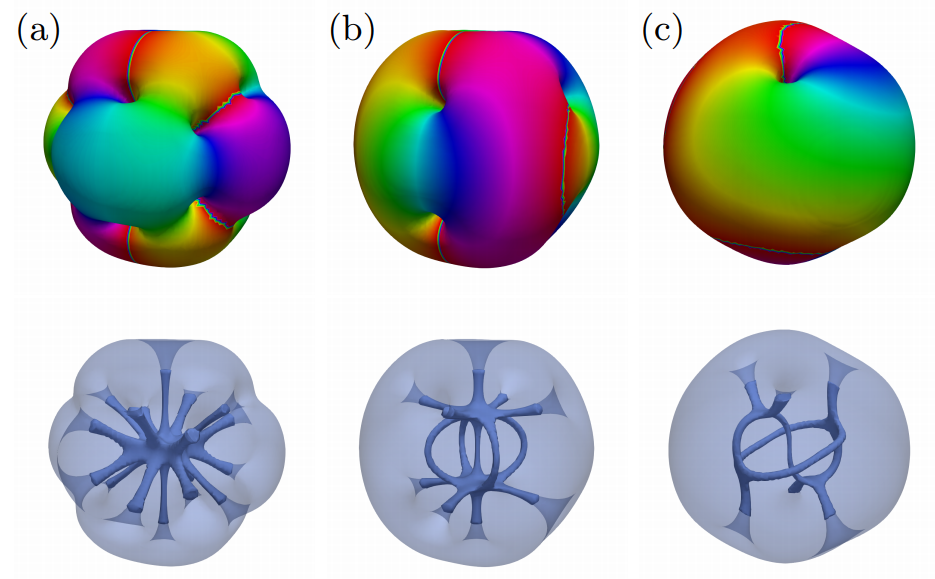Computation and Control of Bifurcation Diagrams of PDEs
 Researcher: Nicolas Boullé
Researcher: Nicolas Boullé- Academic Supervisor: Patrick Farrell
- Industrial Supervisor: Marie Rognes
Background
Simula Research Laboratory is a Norwegian research organisation conducting research in scientific computing, machine learning, and software engineering. One of their research projects focuses on understanding the fluid flow in biological brain tissues and related neurophysiological phenomena, both theoretically and numerically. These biological phenomena depend on some physical parameters and can be described by a mathematical model consisting of nonlinear partial differential equations.
These equations might have multiple solutions depending on the values of the parameters, and finding these solutions is computationally challenging. Recently, a numerical technique called deflation was proposed by Farrell et al. to address this issue [3]. This method consists of modifying the original problem to ensure that Newton’s method will not converge to already computed solutions.

Figure 1: Three solutions to a pattern formation equation computed by deflation (from [3]).
In this project, we study bifurcation analysis techniques to understand how multiple solutions arise in biological models depending on the physical parameters.
Progress
We adapted the deflation technique and applied it to compute several solutions to the nonlinear Schrodinger equation, which describes the state of particles in a particular state of matter called a Bose-Einstein condensate [1,2]. Many of the solutions that we obtain have not been discovered before to the best of our knowledge.

Figure 2: New solutions to the 3D nonlinear Schrodinger equation obtained via deflation.
In addition, we have implemented a numerical algorithm that uses an optimization scheme to control the bifurcation diagram of a nonlinear partial differential equation with respect to the shape of the domain.
Future Work
We are currently working on generalizing our numerical technique to problems relevant to biology such as a model describing cells in cardiac tissues. In particular, our future work will focus on the control of periodic solutions to time-dependent PDEs, which arise in the Hodgkin-Huxley model. In addition, we will continue to study other applications of deflation to fluid dynamics and quantum mechanics.
Publications
[1] N. Boullé, E. G. Charalampidis, P. E. Farrell, P. G. Kevrekidis, Deflation-based Identification of Nonlinear Excitations of the 3D Gross-Pitaevskii equation, submitted for publication. [https://arxiv.org/abs/2004.10446]
[2] E. G. Charalampidis, N. Boullé, P. E. Farrell, P. G. Kevrekidis, Bifurcation analysis of stationary solutions of two-dimensional coupled Gross-Pitaevskii equations using deflated continuation, Commun. Nonlinear Sci. Numer. Simulat. 87 (2020), 105255. [https://doi.org/10.1016/j.cnsns.2020.105255]
[3] P. E. Farrell, A. Birkisson, S. W. Funke, Deflation techniques for finding distincts solutions of nonlinear partial differential equations, SIAM J. Sci. Comput. (2015) [https://epubs.siam.org/doi/pdf/10.1137/140984798]

